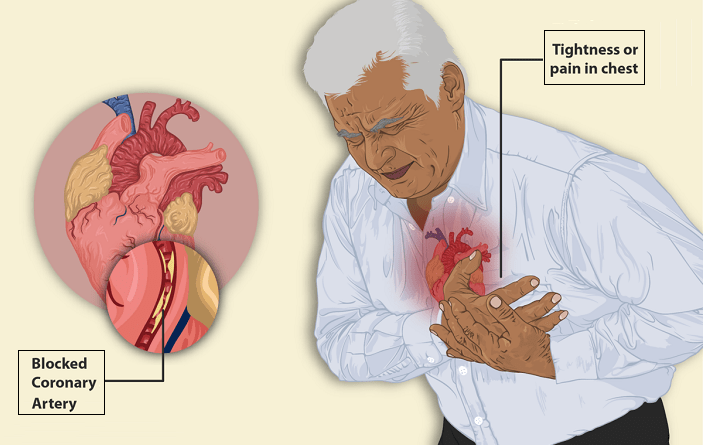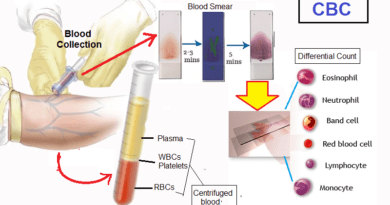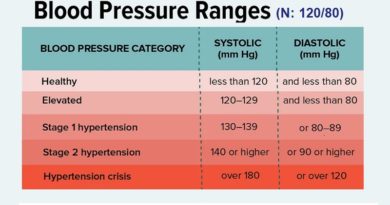Understanding Angina: Symptoms, Causes, and Treatments
Angina is a common condition that affects millions of people worldwide, therefore, it’s important for everyone to have a basic understanding for angina. It’s a type of chest pain that occurs when the heart doesn’t receive enough oxygen-rich blood. Angina is a symptom of an underlying heart condition that causes chest pain or discomfort due to a reduced blood flow to the heart. In this article, we will explore the different types of angina, their symptoms, causes, and treatments, to help you better understand this condition.
Types of Angina
Angina is a medical condition that can be classified into three different types::
Stable Angina
Stable angina is the most common type of angina. It occurs when the heart’s demand for oxygen increases, such as during exercise or stress. The pain typically lasts for a few minutes and goes away with rest or medication.
Unstable Angina
Unstable angina is a more severe form of angina. It can occur even at rest and may not go away with medication. It is a medical emergency, as it can lead to a heart attack.
Variant Angina
Variant angina, also known as Prinzmetal’s angina, is a rare form of angina that occurs at rest, usually during the night. It is caused by a spasm in the coronary arteries, which reduces blood flow to the heart.
| Type of Angina | Cause | Triggers | Pain Characteristics |
|---|---|---|---|
| Stable Angina | Coronary artery disease | Physical activity, emotional stress | Common, Short-lived, relieved by rest or medication |
| Unstable Angina | Coronary artery disease | Can occur at rest, without a particular trigger | Longer duration, not always relieved by rest or medication, can be fatal |
| Variant Angina | Coronary artery spasm | Rest, usually during the night | Rare, Severe pain, may last for a longer duration |
Symptoms of Angina
The most common symptom of angina is chest pain or discomfort. The pain can feel like pressure, tightness, or a squeezing sensation in the chest. Other symptoms may include:
- Pain in the arms, neck, jaw, shoulder, or back
- Shortness of breath
- Nausea or vomiting
- Fatigue
- Sweating
Not everyone experiences the same symptoms. Some people may only feel mild discomfort, while others may have more severe symptoms.
Causes of Angina
It’s caused by a lack of oxygen-rich blood to the heart. The most common cause of angina is coronary artery disease, which occurs when the arteries that supply blood to the heart become narrowed or blocked. Other causes of angina may include:
- Aortic stenosis
- Anemia
- Coronary artery spasm
- Heart failure
- High blood pressure
- Smoking
Diagnosis of Angina
Angina is diagnosed by a physical exam done by a doctor, your medical history, and certain medical tests. These tests may include:
- Electrocardiogram (ECG)
- Exercise stress test
- Echocardiogram
- Coronary angiography
Treatment of Angina
The goal of treatment for angina is to relieve symptoms and prevent complications. Treatment may include:
- Lifestyle changes
Such as quitting smoking, eating a healthy diet, and exercising regularly - Medications
Such as nitroglycerin, beta-blockers, and calcium channel blockers - Medical procedures
Such as angioplasty and coronary artery bypass grafting (CABG)
SUMMARY
Understanding causes , types, symptoms, and treatment of angina, which is a common condition that can cause chest pain, is important to manage this condition effectively. If you experience chest pain or other symptoms of angina, it is important to see a doctor as soon as possible to receive proper diagnosis and treatment.




